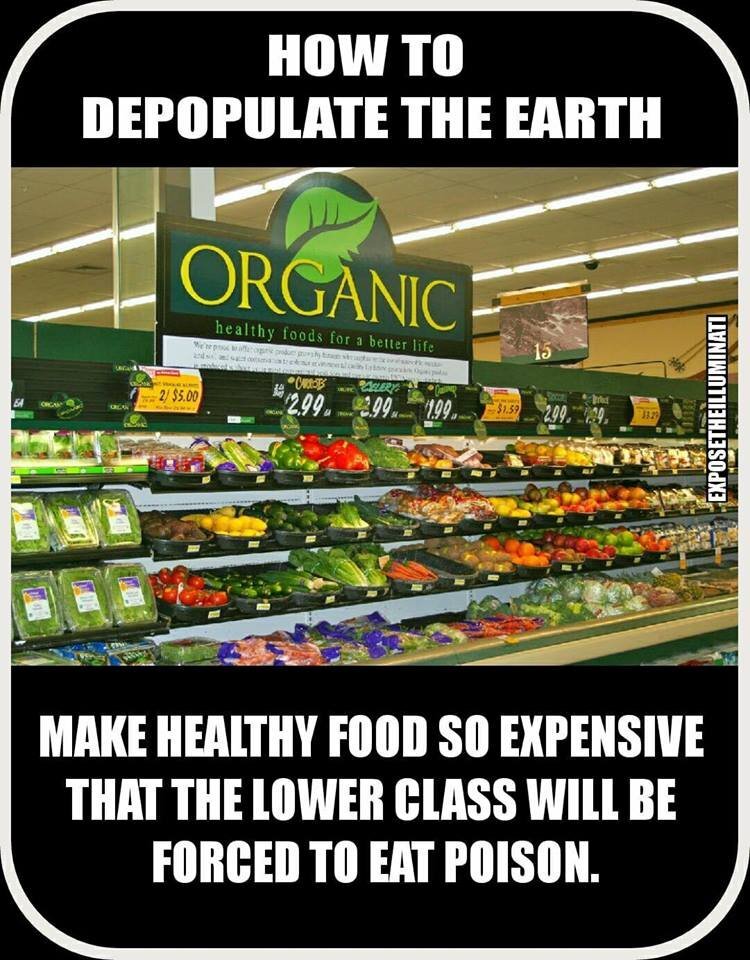nivek
As Above So Below
Another mysterious food processing plant explosion: Estimated $2M in damages after ‘major grain explosion’ at Peoria’s former ADM plant
UPDATE (7:30 a.m.) - As of 7:03 a.m. Thursday morning, Peoria Firefighters and the Peoria Fire Department Hazardous Materials team are still on scene.
According to a press release from Peoria Battalion Chief Steve Rada, “Due to the severity of the incident, crews were unable to make entry to fully extinguish the fire. Fire crews are currently monitoring the situation from a distance due to structural issues as well as a high level of CO2 in the atmosphere.”
Rada emphasized these is no danger to the public; and, the estimated damages from this incident is over $2,000,000.
The cause of ‘major grain explosion’ remains under investigation.
UPDATE (10:03 p.m.) - Interim Fire Chief Shawn Sollberger says two silos are leaning, appearing close to collapse.
There’s also a small fire in a third silo, causing concern about another explosion. Two employees suffered smoke inhalation and perhaps other injuries. Their conditions are not known.
PEORIA (Heart of Illinois ABC) - Peoria firefighters were called Wednesday evening to what the fire chief said was a ‘major grain explosion’ at the corn processing plant once owned by ADM.
Two people suffered smoke inhalation and will be treated at a local hospital, said Interim Fire Chief Shawn Sollberger. The chief said two 150 foot grain silos collapsed. The ADM plant is located on Edmund Street, near Southwest Washington Street.
Last October, ADM sold the plant to BioUrja Group. BioUrja is an energy and agricultural commodity trading and supply group.
.
Yet another fire at a food processing facility...
...











